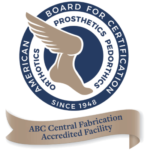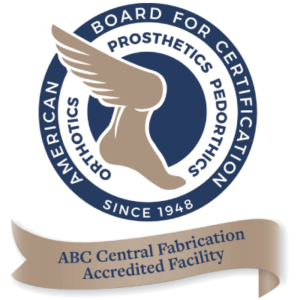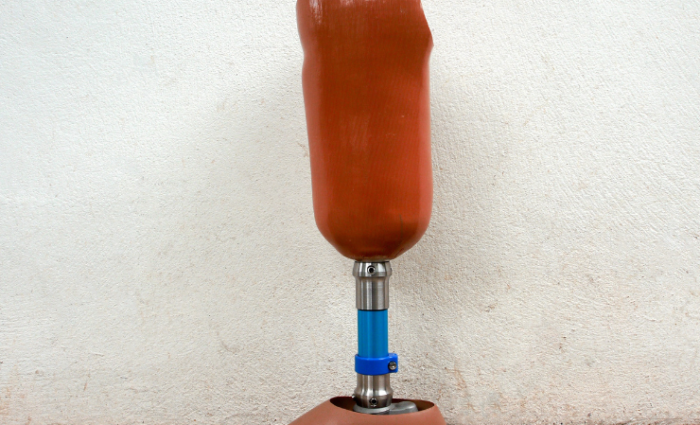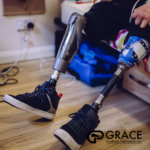Understanding the Journey of Custom Prosthetic Fabrication for Improved Patient Outcomes
The transition to using prosthetic limbs can be a significant journey for patients who have experienced limb loss. For doctors and specialists, understanding the intricacies of prosthetic fabrication and preparation is crucial to supporting patients through this life-changing process.
This guide aims to provide comprehensive patient education on preparing for prosthetic limbs, highlighting the importance of custom prosthetics, and the role of advanced prosthetic technology in enhancing quality of life.
Understanding Prosthetic Limbs and Their Components
Prosthetic limbs are sophisticated devices designed to replace missing limbs and restore functionality. They consist of several key components, each crucial for the prosthetic’s overall performance and the patient’s comfort.
- Prosthetic Sockets: These are custom-fitted to the patient’s residual limb, ensuring a secure and comfortable connection between the prosthetic limb and the body. Proper socket fit is essential to preventing discomfort and skin issues.
- Prosthetic Devices: From prosthetic arms and hands to legs and feet, each device is designed to mimic the function of the natural limb.
- Materials: Common materials include carbon fiber for its strength and lightweight properties, contributing to the overall effectiveness of the prosthetic.
The Importance of Custom Prosthetic Fabrication
Custom prosthetic fabrication is critical for ensuring that each prosthetic limb meets the unique needs of the patient. This process involves:
- Detailed Assessment: A thorough evaluation of the patient’s residual limb, range of motion, and specific needs.
- Precision Fitting: Using advanced technologies like 3D printing to create precise, custom-fitted prosthetic socket prototypes.
- Personalization: Tailoring the prosthetic to the patient’s daily activities and specific functional requirements, such as grasping objects or running.
Preparing Patients for Prosthetic Limbs
Patient education is a vital component of preparing for prosthetic limbs.
Here are some key steps in the preparation process:
- Initial Consultation: Patients meet with prosthetists and healthcare providers to discuss their goals and expectations. This is also an opportunity to learn about different prosthetic options.
- Physical Therapy: Engaging in physical therapy to strengthen the residual limb and improve overall fitness. Physical therapists play a crucial role in preparing the body for a prosthetic limb.
- Occupational Therapy: Occupational therapists help patients adapt to their new prosthetic devices, focusing on daily activities and functional use.
- Understanding Prosthetic Technology: Educating patients on the latest advancements in prosthetic technology, including targeted muscle reinnervation and real-time adjustments through electrical signals and activity monitoring.
- Emotional Support: Addressing the psychological aspects of limb loss and the adaptation to prosthetic limbs through counseling and support groups.
The Role of Advanced Prosthetic Technology
Technological advancements have revolutionized the field of prosthetics, offering patients enhanced functionality and comfort. Key innovations include:
- Targeted Muscle Reinnervation: This technique improves control of prosthetic arms and hands by rerouting nerves to remaining muscles.
- 3D Printing: Used for creating custom prosthetic sockets and other components with high precision.
- Real-Time Adjustments: Prosthetics equipped with sensors that monitor electrical activity and make real-time adjustments for improved functionality.
- Enhanced Materials: Use of materials like carbon fiber to reduce weight and increase strength.
Enhancing Quality of Life with Prosthetic Limbs
The ultimate goal of prosthetic limbs is to improve the quality of life for individuals with limb loss. Custom prosthetic fabrication and advanced technology contribute significantly to this goal by:
- Restoring Mobility: Enabling patients to walk, run, and engage in physical activities.
- Improving Daily Functionality: Helping with tasks such as grasping objects, writing, and other daily activities.
- Boosting Confidence: Providing a sense of normalcy and independence, which is crucial for mental and emotional well-being.
- Facilitating Social Integration: Allowing individuals to participate more fully in social and community activities.
Contact Grace Prosthetic Fabrication to Learn More About Our Prosthetic Customization and Fabrication Services
At Grace Prosthetic Fabrication, we specialize in creating custom prosthetic limbs tailored to each patient’s unique needs. Our team of experts is dedicated to providing the highest quality prosthetic devices, utilizing the latest technologies and materials to ensure optimal fit and function.






